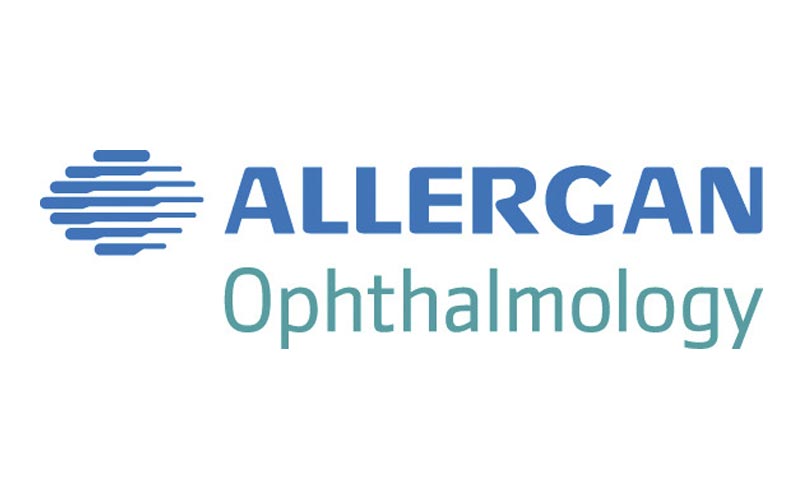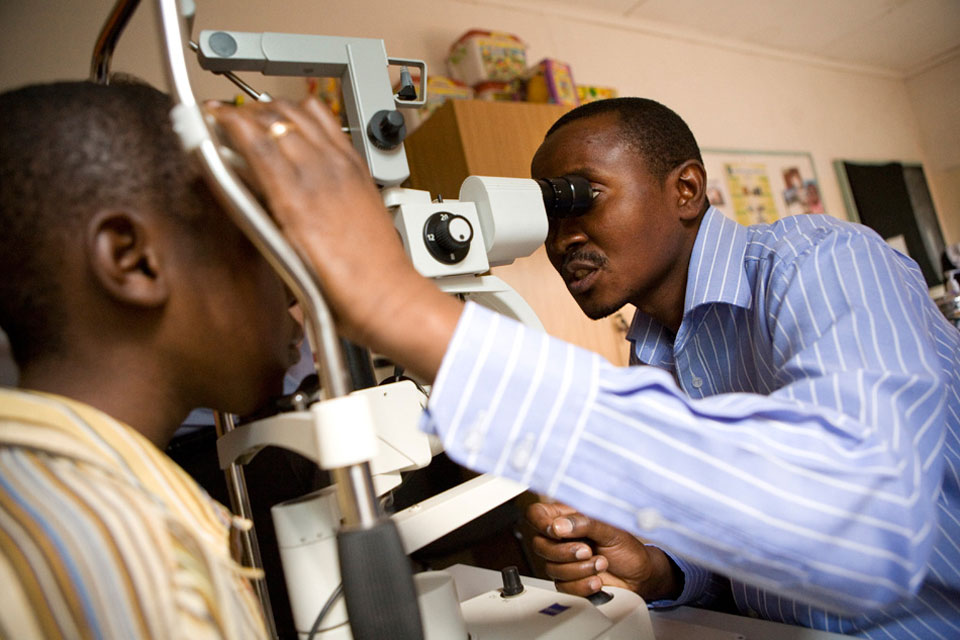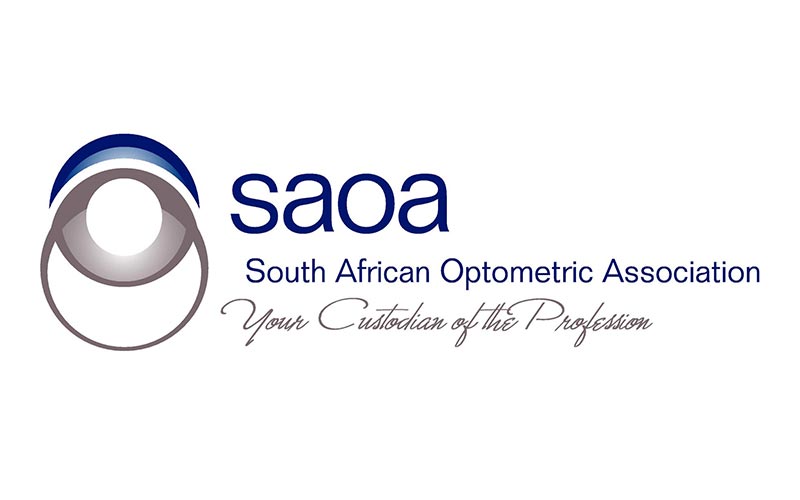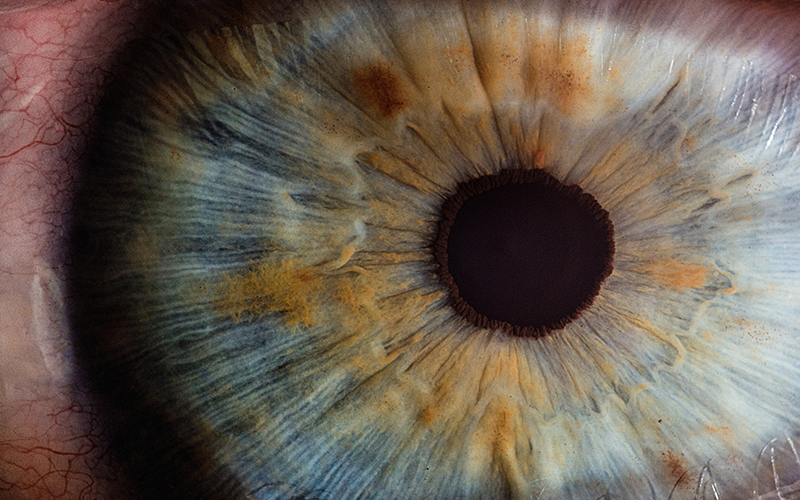Distinguishing between the different eye diseases to correctly identify Dry Eye Disease, which is characterised by insufficient or low-quality tears to lubricate and nourish the eye, is difficult because of the poor correlation between the signs and symptoms of the disease.
Says Dr Pierre Vercueil, ophthalmologist at Sandhurst Eye Centre: “It is important that a thorough clinical evaluation is done to determine Dry Eye Disease.”1
According to Dr Vercueil, Dry Eye Disease is caused by various factors such as age, gender, medication, medical and environmental conditions (for example dry climates, dust, wind, drafts, smoke), long-term use of contact lenses, screen use, as well as refractive eye surgery2. It therefore differs from other common eye disorders such as cataracts (the clouding of the eye’s lens and the leading cause of blindness worldwide), diabetic retinopathy (characterised by progressive damage to the blood vessels of the retina), glaucoma (a group of diseases that can damage the eye’s optic nerve) and amblyopia (or ‘lazy eye’, which occurs when the eye and the brain are not working together properly)3.
Typical Dry Eye Disease symptoms would include: irritation, dryness, burning/stinging, gritty and sandy feeling, itching, scratchiness, swelling/puffy eyes, eye pain, light sensitivity, transcient blurred vision, ‘something in my eye’ feeling, discomfort during contact lens wear, stringy mucus in or around the eyes, excessive tearing and redness4.
Says Dr Vercueil: “You need to determine the system complex. Some people come in and complain about stinging, blurring, itchy and gritty eyes and you know you’re dealing with Dry Eye Disease. Other times the system complex is very vague, so clinically you are either looking for a very low tear volume, punctate erosions on the surface of the cornea and lid-parallel conjunctival folds or the presence of mucus in the tear film, which is typical of Dry Eye Disease. Tear break-up time is also of great value. If it is less than eight seconds, you are dealing inherently with dry eye.”1
Dr Marissa Willemse, ophthalmologist at the Pretoria Eye Institute, adds that the eye doctor/specialist also needs to determine whether patients have a problem with tear production, tear spread or tear evaporation5.
“If we look at the tear function, we know tears are there for mechanical lubrication, optical quality of vision, anti-bacterial function as well as for the nutrition of the outer cornea. So it is important to distinguish exactly where the problem lies.”5
Once the extent of the disease is determined, it needs to be treated and managed to alleviate the patient’s discomfort as best as possible5.
Dr Vercueil says because of our (dry) inland environment and all the pollutants, dry eye is a very prevalent condition so Allergan’s Optive eye drops were developed which contain osmoprotectants to prevent the desiccation of the eye’s epithelium1.
“The normal response of epithelium when it’s exposed to a hyper osmotic tear film is to take on ions to restore cell volume but those irons then damage the cell. Optive provides osmoprotective molecules which go into the cell, restore the volume of the cell without damaging the cell. So they maintain the osmolarity of the cell itself without compromising the function of that cell. This results in a more normal, healthy and protected epithelium that doesn’t break down, induce inflammation or cause exacerbation of the dry eye process,” says Dr Vercueil1.
“In addition, Optive contains a good lubricant, carboxymethylcelluose, which has a prolonged contact time on the eye, stimulates epithelial growth and regrowth, as well as healing. So in instances of poor tear volume and quality, Optive is the gold standard entry level therapy for Dry Eye Disease,” says Dr Vercueil1.
Dr Willemse agrees that both Optive and Optive Plus eye drops are excellent products for specific dry eye conditions1,4.
“Containing 0.5% carboxymethylcellulose sodium (a lubricant) and glycerine (which has a moisturising effect), Optive has a unique dual action in that it lubricates and provides osmoprotection not just against evaporation, but also against hyper osmolar tears. It also contains L-carnitine and erythritol which restores the moisture of the cells on the surface of the eye. So, what’s so nice about Optive is that it comes with Purite as a preservative, which changes to the natural components of tears when exposed to light, thus almost preservative-free. And the single dose unit is preservative free to the benefit of patients that are sensitive to preservatives,” says Dr Willemse4.
Furthermore, according to Dr Willemse, a study among 120 patients in the UK revealed that Optive not only performed better than other products, it also caused patients to dose less frequently4.
Subsequently Allergan launched Optive Plus eye drops to improve moderate to severe dry eye symptoms. Besides containing the same osmoprotectant and lubricating properties as Optive, the newer product also includes a new lipid enhancing technology to prevent the eyes moisture from evaporating6.
The tear film consist of three layers: a mucin layer which attaches the tear to the cornea, the aqueous (water) layer, produced by the lacrimal glands, to moisturise the eye and the outer lipid layer to prevent the water from evaporating. The lipid layer also helps with lubrication (formed by the meibomian gland which is situated on the margin of the eyelid), Dr Willemse explains4.
“Older people, children with allergies as well as some children with Down’s Syndrome tend to contract meibomian gland disease (infection of the meibomiam gland, also known as blepharitis). With its lipid-enhancing qualities, Optive Plus is therefore ideal for patients with dysfunctional meibomian glands or patients with low oil production and a poor quality of oil,” says Dr Vercueil1.
Besides pharmacological and, where necessary, surgical treatment, it’s very important that patients increase their water intake, stop smoking and reduce alcohol consumption because that also decreases tears. Likewise, environmental management is very important. Patients should be encouraged to: use a humidifier, lower room temperatures, avoid cosmetics that can cause allergies and more dryness and try to avoid windy conditions and hairdryers,” says Dr Willemse4.
According to Dr Willemse, the management of Dry Eye Disease is very ‘individual’ and optometrists and pharmacists need to explain to patients the differences between the paradoxes, for example that a wet eye can actually be a dry eye4.









